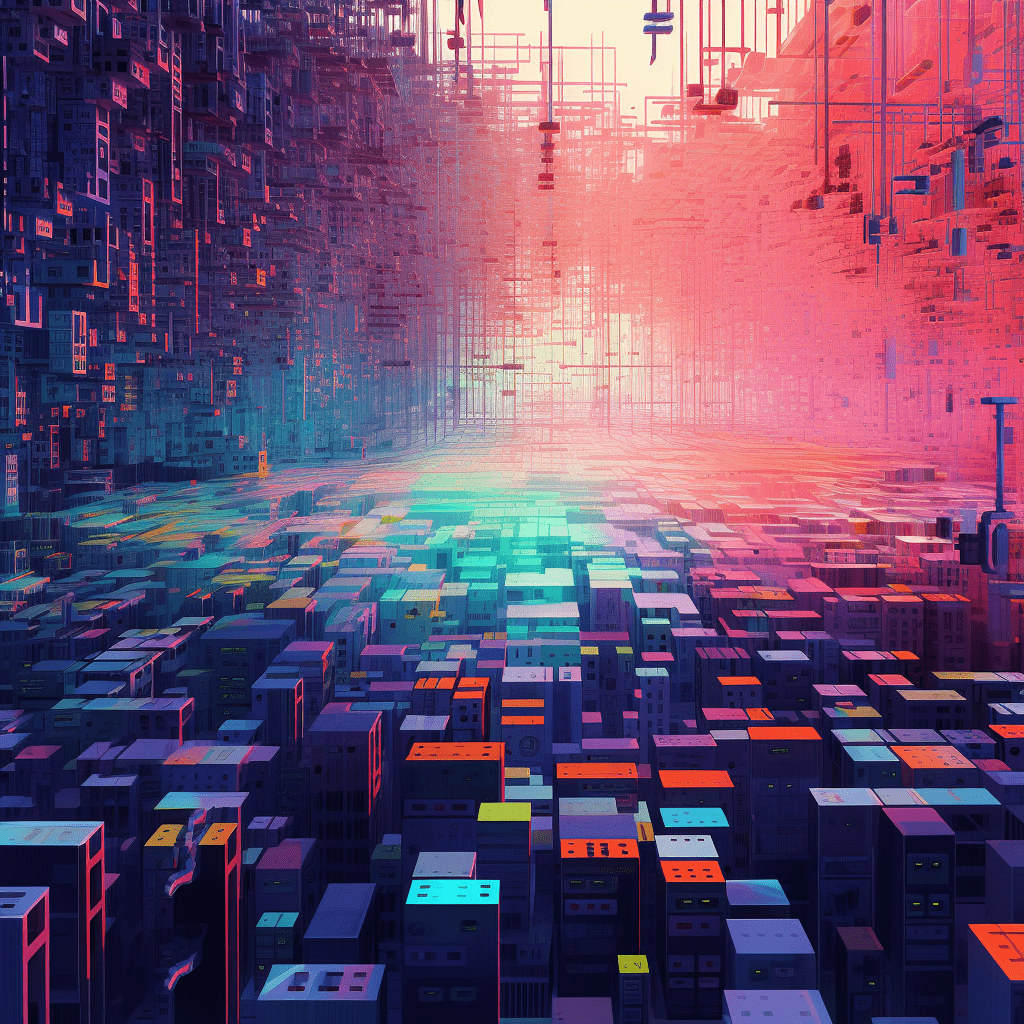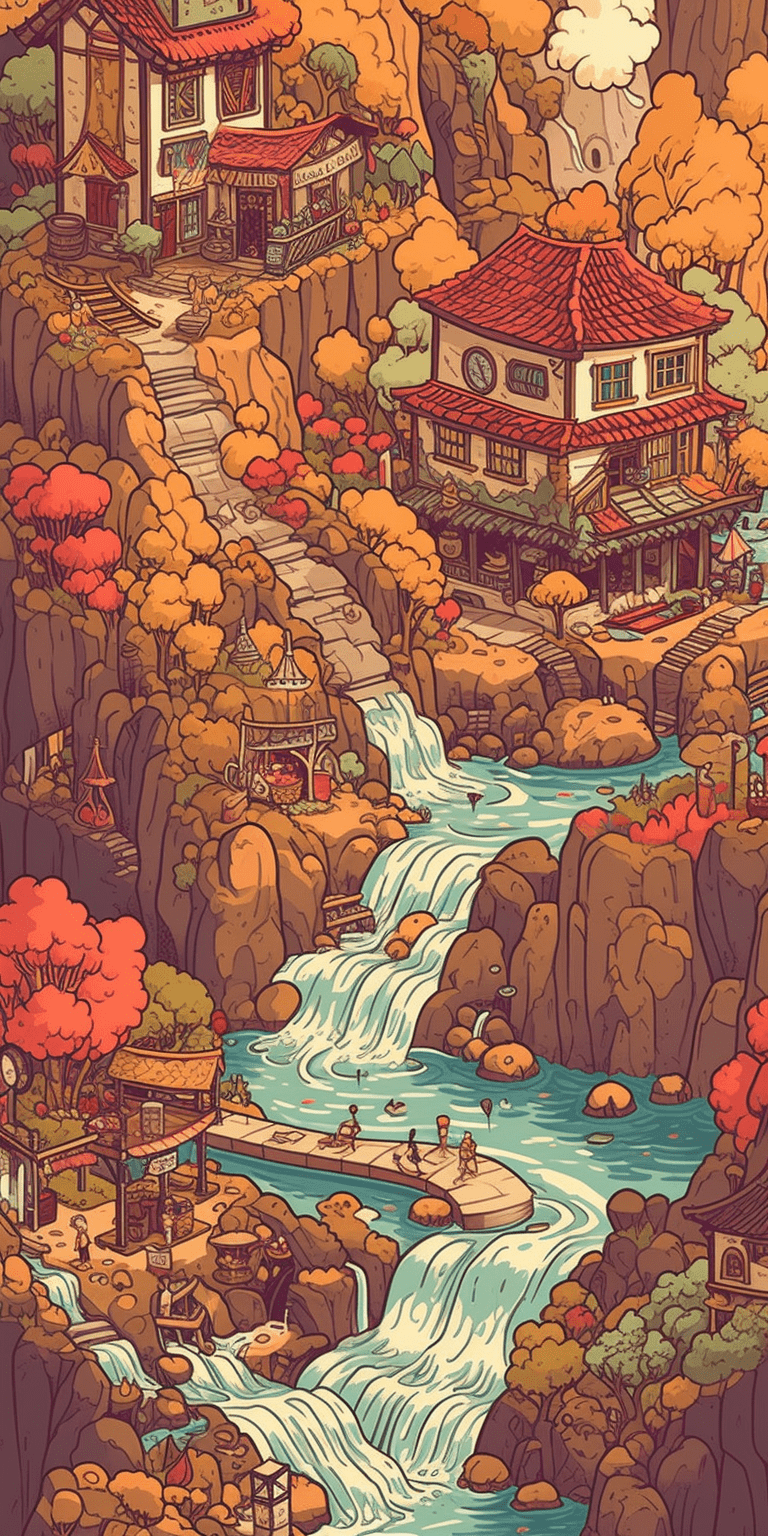As we witness rapid growth in the digital art and NFT markets, the tools and technologies that enable creators to produce innovative and captivating works continue to evolve. One such development at the heart of this revolution is the NFT layer generator, a powerful tool that streamlines and enhances the NFT creation process. Looking forward, advancements in NFT layer generation have the potential to dramatically reshape the digital art landscape. This article will delve into the future of NFT creation, exploring potential advancements and innovations in the realm of NFT layer generation.

Artificial Intelligence in NFT Layer Generation
Artificial intelligence (AI) has the potential to significantly impact NFT layer generators, making the creation process more efficient and accessible. AI-driven algorithms can analyze user preferences and design elements to suggest and generate NFT layers automatically. By incorporating AI, layer generators could offer more personalized layers, improve the randomization feature, or create entirely new layers based on a given input.
Collaborative Artwork Generation
As creators increasingly utilize NFT layer generators, the opportunity for collaborative art generation becomes more feasible. Designers, artists, and even collectors may work together to create NFTs that reflect the diverse and varied interests of their participants. Layer generators could provide users with the means to select, customize, and merge individual layers from multiple contributors, fostering a collaborative approach to NFT creation.
Integration with Virtual Reality and Augmented Reality
The integration of virtual reality (VR) and augmented reality (AR) technologies can add an immersive aspect to NFT layer generation. VR and AR can transform NFT creation into a multi-sensory experience, allowing users to create and visualize artwork in real-time within an immersive environment. These technological advancements could also expand the range of design elements within NFT layer generators, providing new opportunities to create visually dynamic and engaging NFTs.
Advanced Customization Options and User Interface Improvements

As NFT layer generators continue to advance, we can expect significant improvements in customization options and user interfaces. Enhanced design capabilities, such as greater control over layer parameters and better blending options, will give artists more flexibility and freedom in their creations. Additionally, more user-friendly and intuitive interfaces will make NFT layer generators accessible to an even broader range of users, from expert designers to beginners.
Cross-Platform Compatibility and Integration
As more and more NFT marketplaces, blockchain networks, and creation platforms emerge, the need for cross-platform compatibility and integration will become increasingly important. Future advancements in NFT layer generators may include seamless compatibility with various networks and marketplaces, allowing artists to effortlessly transfer and list their NFT creations across multiple platforms. This universal compatibility would not only streamline the artist’s workflow but also reach a wider audience, generating greater exposure and potential for sales.
Automated Smart Contracts and Royalty Distribution
Another aspect of NFT layer generation that stands to evolve is the incorporation of automated smart contracts and royalty distribution. As artists collaborate and create layered artworks, it becomes crucial to fairly distribute the proceeds from the sale or resale of such pieces. The integration of smart contracts into layer generators could automate the process of calculating royalties and ensure all contributing artists receive their rightful share of the earnings.

In conclusion, the future of NFT creation holds immense promise as advancements in NFT layer generation technologies pave the way for more innovative, engaging, and accessible digital art. From AI-driven algorithms and collaborative artwork generation to the integration of VR and AR technologies and cross-platform compatibility, these advancements will undoubtedly transform the digital art landscape and spark new creative possibilities for artists and collectors alike. Embracing and utilizing these tools could prove to be the key to success for many creators within the rapidly expanding NFT market.
